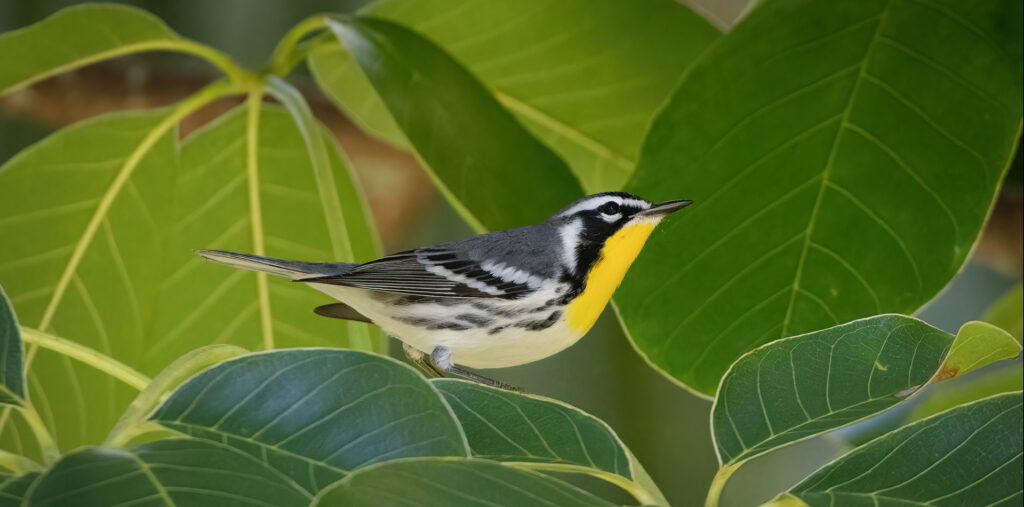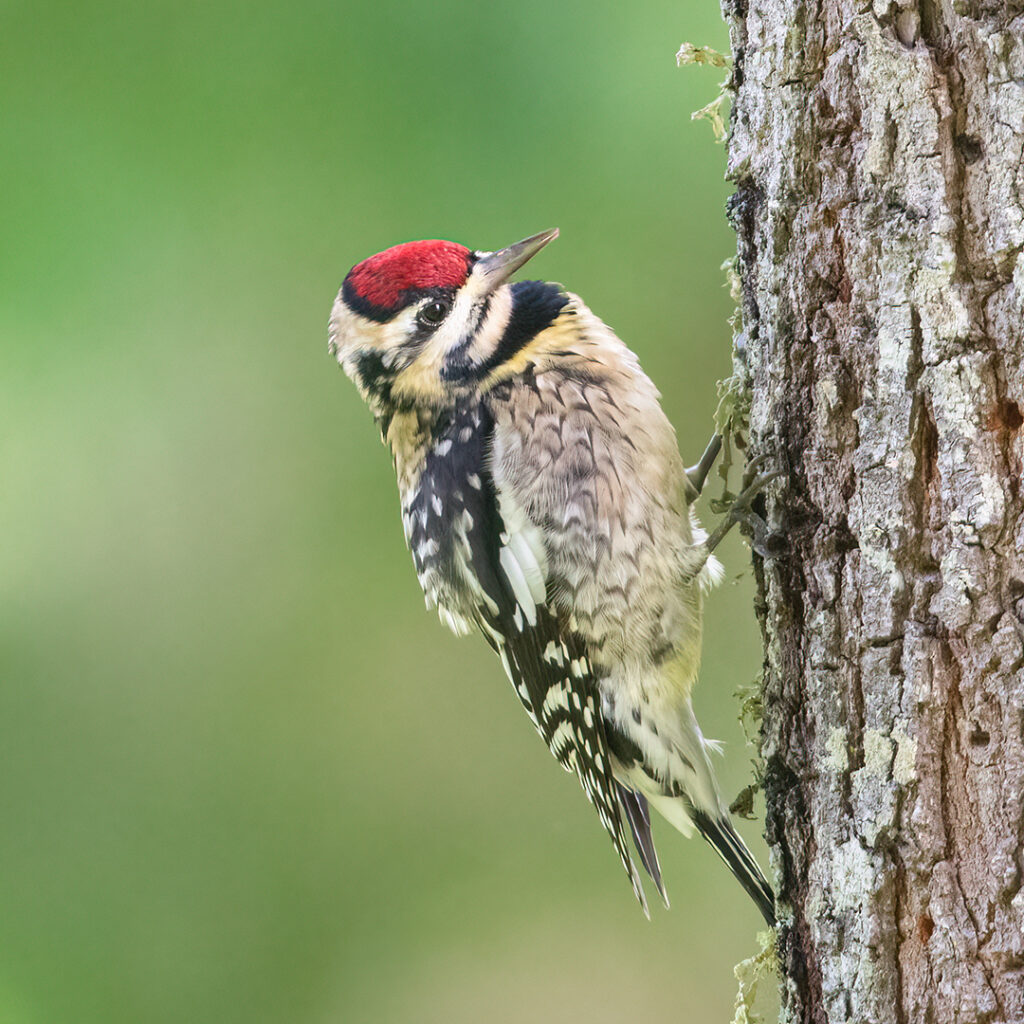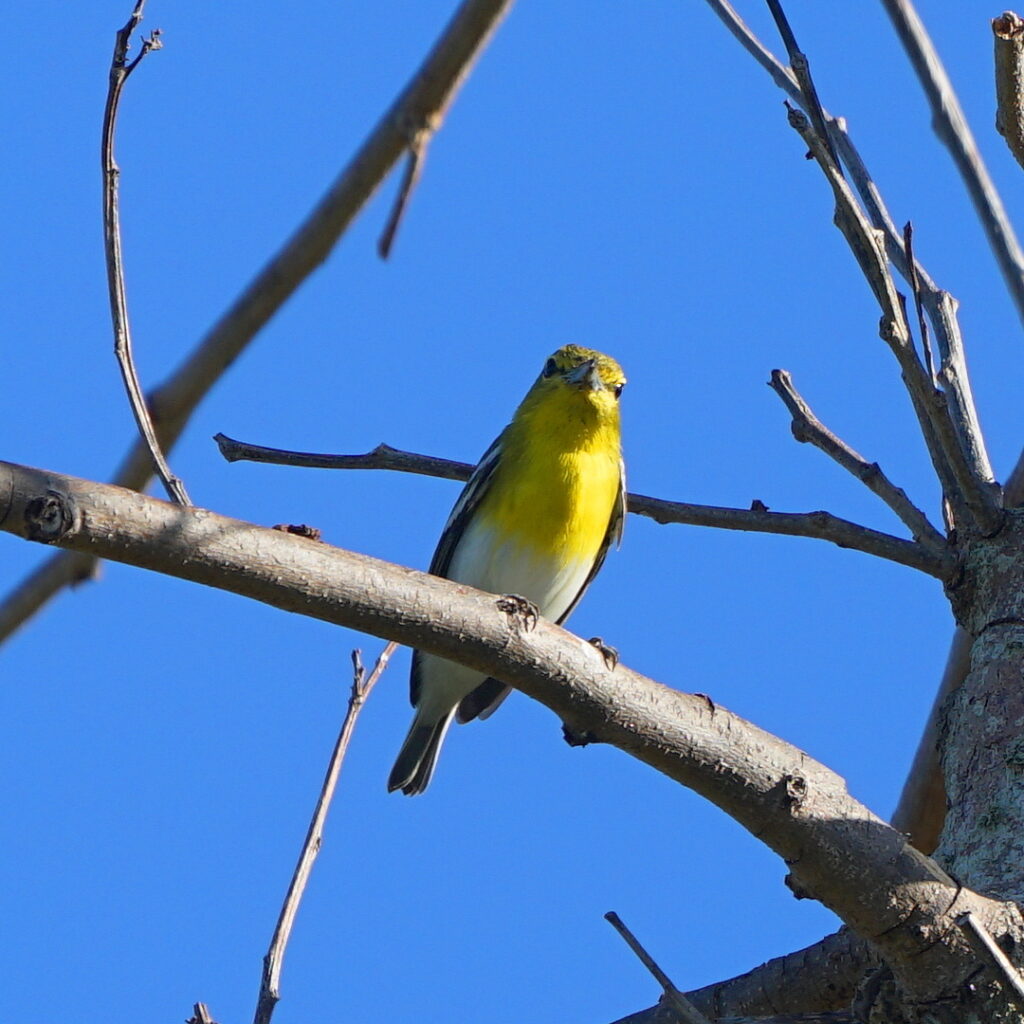
More species are present during the fall than any other season in Bermuda. Frontal weather systems moving off the East Coast of North America can bring a wealth of bird species and September/October are also peak hurricane months here. If the eye of a hurricane passes over the island, confused birds with no way of escaping the hurricane drop out of the sky – from egrets to tiny warblers.


During the autumn months, birds are migrating southwards from their breeding grounds in North America. Although Bermuda is 600 miles off the American coast, a quick look at the globe will show that it is on a direct line between regions of North and South America. Most migrants will have stored enough energy reserves for a long, direct flight – but weather is always unpredictable.
Material adapted from “A Birdwatching Guide to Bermuda” by Andrew Dobson, Arlequin Press 2002.
